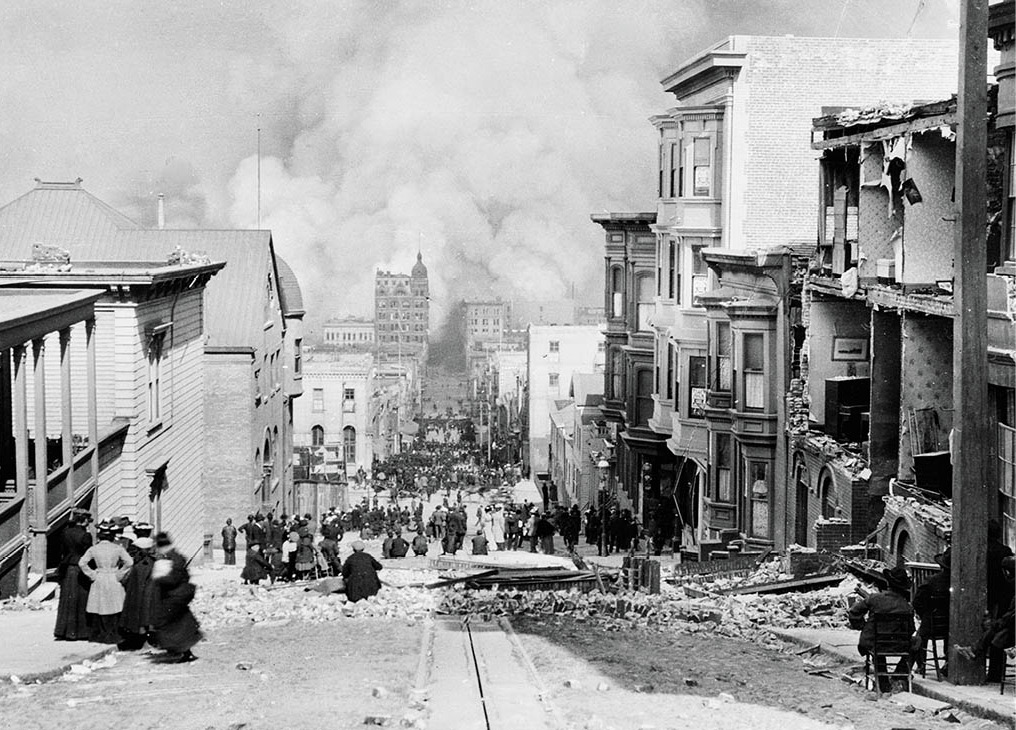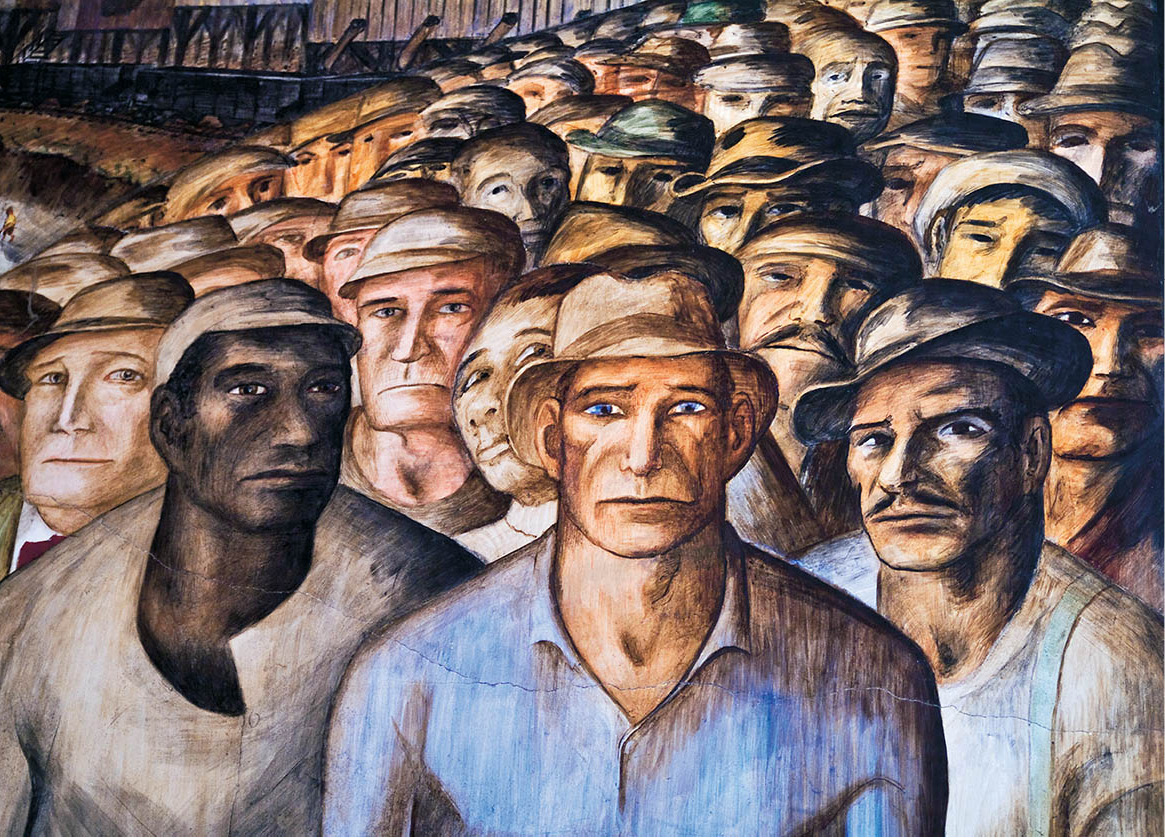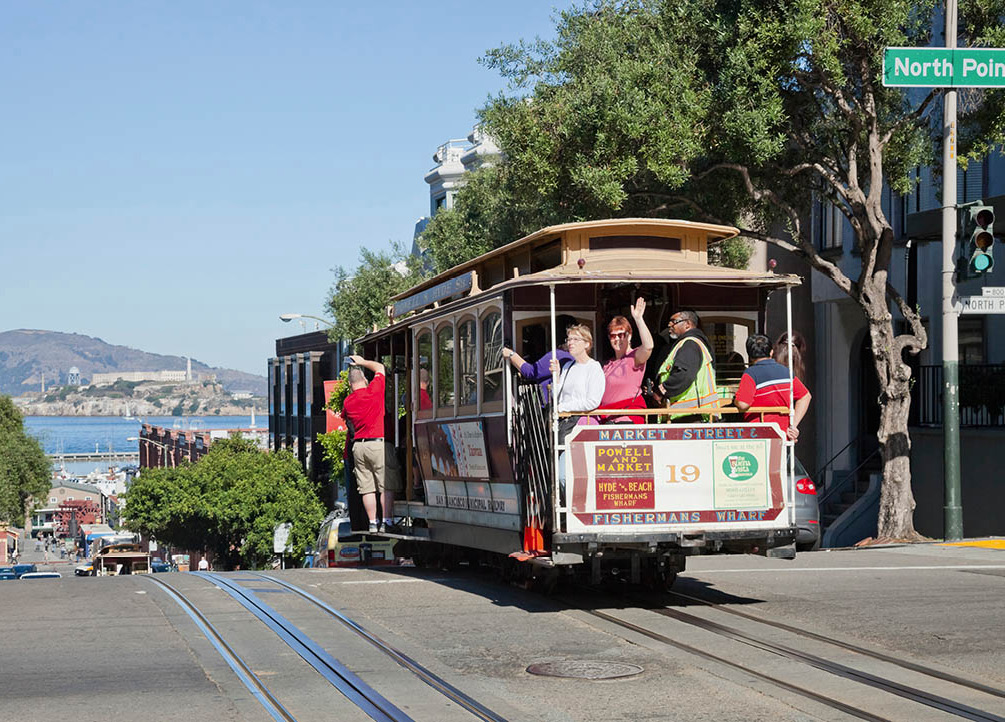EARLY HISTORY
8,000 BC The archaeological record shows that ancestors of the Ohlone and Miwok tribes were now living on the sandy plains of what would later become the San Francisco Bay.
Settlement and Founding
1579 Sir Francis Drake lands at Port Reyes.
1776 The Spanish arrive and the Misión San Francisco de Asís – now better known as Mission Dolores – is built.
1822 Mexico wins its independence from Spain; California becomes a Mexican territory.
1846 John Montgomery of the U.S.S. Portsmouth first raises the Stars and Stripes in present-day Portsmouth Square.
1847 The settlement of Yerba Buena is renamed San Francisco.
1848 Gold is discovered in the Sierra Nevada foothills. The Treaty of Guadalupe Hildago is signed, making California American.
1849 Gold Rush sparks the greatest mass migration in history.
1850 U.S. Congress grants California statehood, skipping intermediate territory stage.
1869 Transcontinental Railroad is completed, making millionaires of “Big Four” barons Crocker, Huntington, Hopkins, and Stanford.
1870 William Hammond Hall begins turning the city’s western sand dunes into Golden Gate Park.
1873 Cable Cars are invented.
1875 Anti-Chinese riots raze Chinatown.

The city burns following the 1906 earthquake
TopFoto
20th Century
1906 On April 18, an earthquake (estimated to be an 8.3-magnitude) destroys much of the city and leaves thousands dead or homeless.
1910 Angel Island Immigration Station opens. Known as “the Ellis Island of the West,” it will process 175,000 immigrants.
1915 Panama-Pacific Exposition is hosted in the area later christened the Marina.

Historic murals at Coit Tower
Nowitz Photography/Apa Publications
1933 Coit Tower is completed.
1937 The Golden Gate Bridge opens, some six months after the Bay Bridge is completed.
1940 The Lower Fillmore jazz clubs attract greats such as Ella Fitzgerald, Duke Ellington, Billie Holiday, Charles Mingus, and Charlie Parker to the “Harlem of the West.”
1941–5 Some 1.6 million American military personnel pass through Fort Mason, and the Bay Area’s industry booms.
1945 The United Nations charter is signed in the War Memorial Opera House.
1955 Allen Ginsberg reads his poem Howl at Gallery Six, igniting the San Francisco Poetry Renaissance.
1957 San Francisco columnist Herb Caen coins the word “Beatnik.”
1965 The Grateful Dead debut at the Fillmore Auditorium.
1967 Haight-Ashbury blossoms in the “Summer of Love,” making the city the center of the counterculture.
1971 Inspired by the Chicano civil rights movement, artists begin mural series on the Mission’s Balmy Alley.
1972 Transamerica Pyramid completed.
1977 Harvey Milk is elected city supervisor, becoming the first openly gay person elected to public office in the U.S.
1978 Supervisor Harvey Milk and Mayor George Moscone are killed by former Supervisor Dan White.
1989 During the opening of the World Series at Candlestick Park, the 7.1-magnitude Loma Prieta earthquake rocks the Bay Area
1995 The “New Economy” of the flashy dot-com era dominates much of San Francisco life until the bubble bursts in October, 2002.
21st Century
2000 The San Francisco Giants open the new stadium, now AT&T Park.
2003 200,000 San Franciscans are part of the largest international anti-war demonstration in history.
2004 Mayor Gavin Newsom issues marriage licenses for same-sex couples, putting this controversial issue on the national stage.
2005 The new de Young Museum opens in Golden Gate Park.
2006 San Francisco Representative Nancy Pelosi becomes the first woman elected Speaker of the House of Representatives.
2009 Work starts on the Transbay Terminal, the new hub of Northern Californian Transportation, due to be completed in 2014.
2013 An LED light installation celebrates the 75th anniversary of the Bay Bridge’s opening; the new span is opened.

